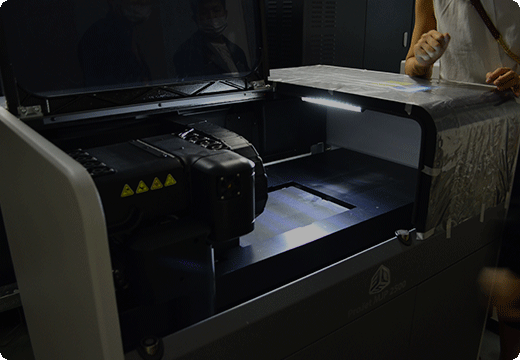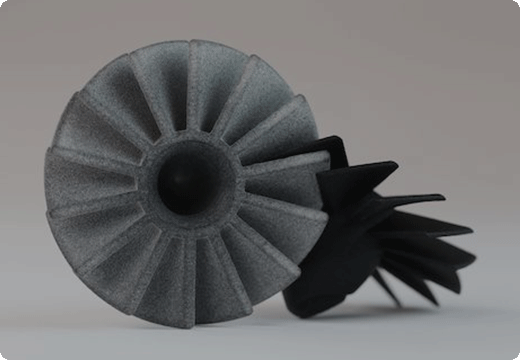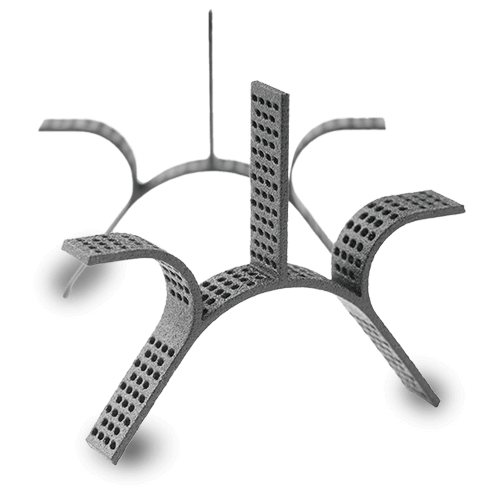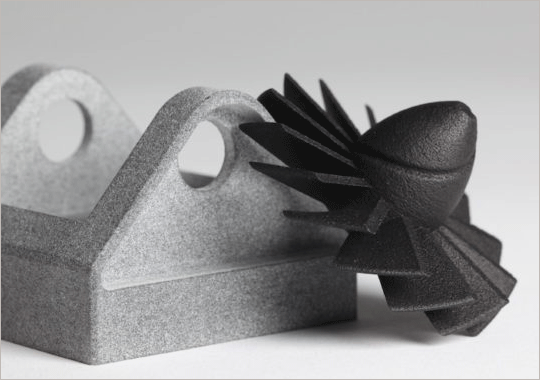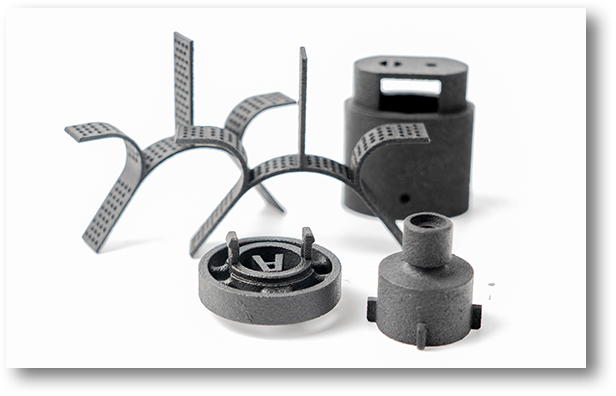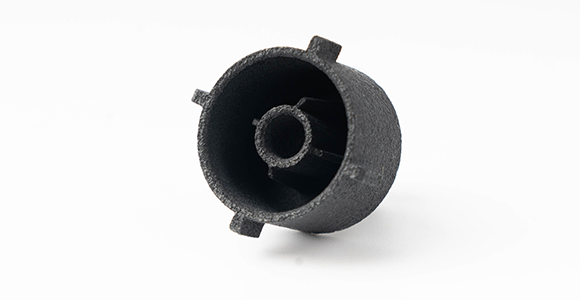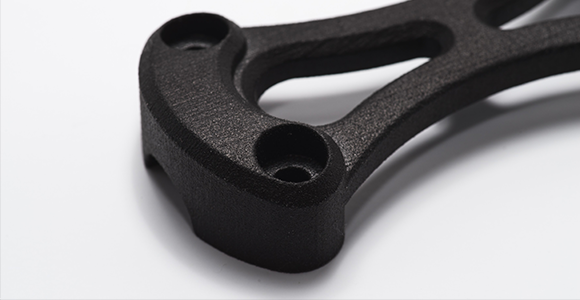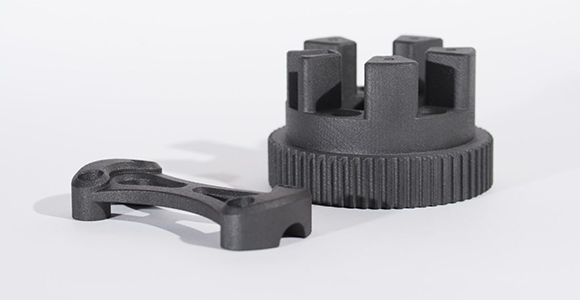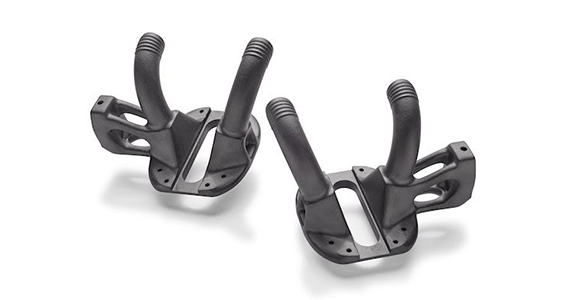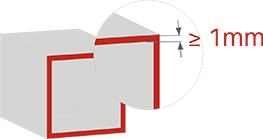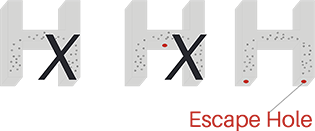Design Guidelines For MJF
TIPS & TRICKS
Wall thicknesses from 2.5 to 3.8 mm are ideal
Susceptible to warping, large flat areas must be avoided
Thin-walled or large, flat surfaces should be reinforced with ribs or gussets
TOLERANCES
± 0.2mm is standard.
WALLS
HLH recommend a wall thickness of at least 1 mm. Large parts may require larger wall thicknesses or added ribs or fillets for reinforcement.
HOLLOWING
We advise hollowing out a solid model as much as possible, and when the wall thickness exceeds 20 mm. This will save material and prevent sink marks. Holes is 2 mm, with a minimum of 1 mm.
MATING PARTS
Minimum 0.5mm gap between axel and bore or other moving parts.
EMBOSSED AND ENGRAVED DETAILS
For embossed or engraved textures, we advise a minimum thickness of
0.25 mm. We recommend letters with a minimum line thickness of
0.5 mm, a depth of 1 mm, and an overall height of at least 2.5 mm.
